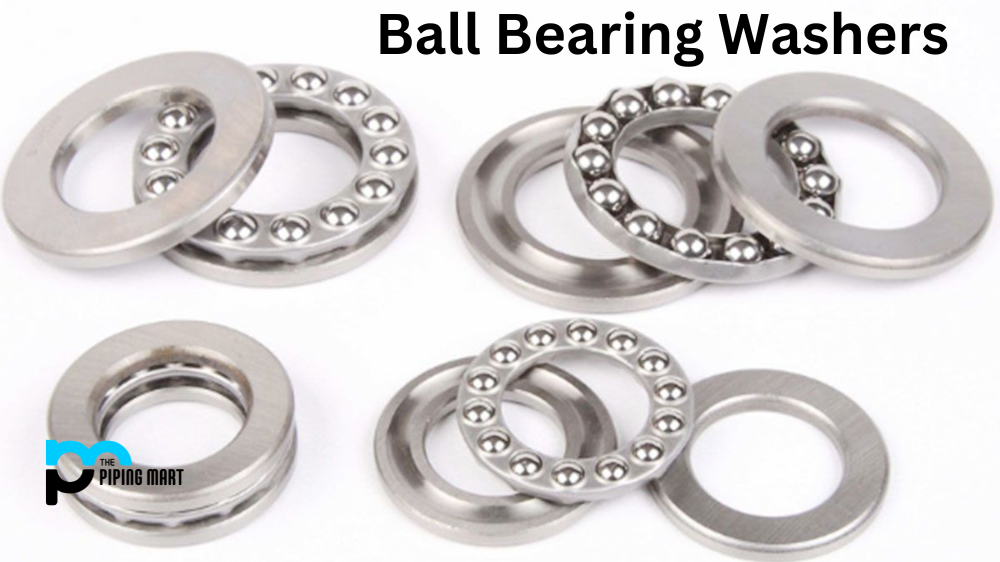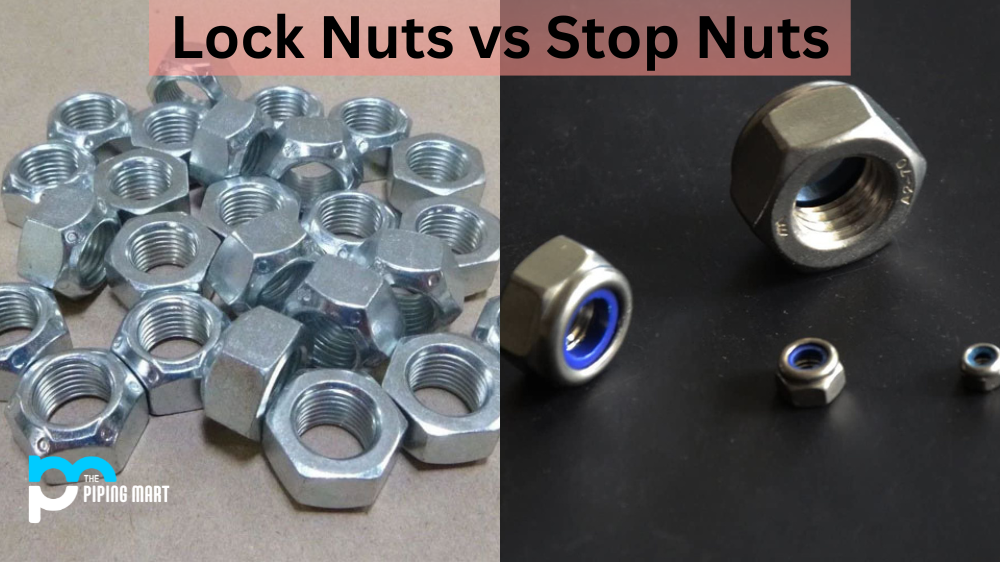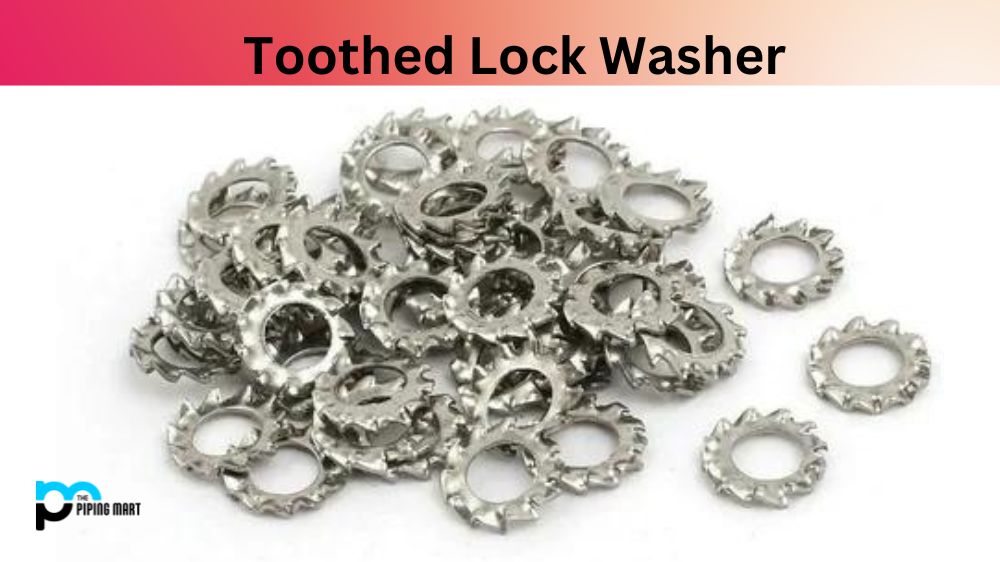Many factors should be considered when choosing the right type of washer for a particular application. One of the most popular types of washers is the ball-bearing washer. Also known as thrust bearings, ball bearing washers are known for handling high axial loads while maintaining low friction. If you’re considering using ball-bearing washers for your project, it’s important to understand the advantages and disadvantages of this type of washer. In this blog post, we’ll look at the different aspects of ball-bearing washers and help you decide if they’re the right choice for your needs.
What are Ball-Bearing Washers?
Ball-bearing washers are essential to any machinery or equipment that requires smooth and frictionless movement. These small but mighty washers play a crucial role in reducing the force needed for rotating objects, thus increasing efficiency and prolonging the machine’s lifespan. They are designed to fit between two moving parts to reduce friction, prevent wear and tear, and distribute loads evenly.
The most common type of ball bearing washer comprises steel balls encased in a hardened steel outer ring. This design allows for high-precision rotation with minimal resistance, making it perfect for automotive engines, conveyor belts, industrial pumps, and even aerospace technology applications.
But why use ball-bearing washers instead of regular ones? The answer lies in their unique design. Traditional flat washers only support axial loads (parallel to their axis), while ball bearings can simultaneously handle both radial (perpendicular to their axis) and axial loads. This feature makes them more versatile and ideal for heavy-duty applications with different forces.
Advantages of Ball Bearing Washers
One of the main advantages of ball-bearing washers is their ability to handle high axial loads. Unlike other types of washers, which can deform or break under heavy pressure, ball-bearing washers are designed to withstand the weight and pressure of heavy loads. This makes them an ideal choice for applications that require a high degree of durability and strength. In addition, ball bearing washers are known for their low friction, which means they can operate smoothly and with minimal wear and tear.
Another advantage of ball-bearing washers is their ease of installation. Unlike other types of washers that require specialized tools or equipment, ball-bearing washers can be easily installed using standard equipment. This makes them popular for many projects, as they can be installed quickly and with minimal fuss.
Disadvantages of Ball Bearing Washers
One of the main disadvantages of ball-bearing washers is their cost. Ball-bearing washers tend to be more expensive than other types of washers due to their advanced design and high-quality materials. This means there may be better choices for those on a tight budget.
Another disadvantage of ball-bearing washers is that they require regular lubrication to work effectively. If not properly lubricated, ball-bearing washers can wear out quickly, resulting in decreased performance and shorter lifespan. This means regular maintenance is required to keep ball-bearing washers in top condition.
Are Ball Bearing Washers Right for You?
Whether ball-bearing washers are right for you will depend on your specific needs and requirements. If you need a washer that can handle heavy axial loads, operate smoothly with low friction, and be easily installed, then ball-bearing washers may be the ideal choice. However, if cost is a concern or you’re not prepared to carry out regular maintenance, you may consider other types of washers.
Conclusion:
Choosing the right type of washer for your needs can be daunting, but by understanding the advantages and disadvantages of each type of washer, you can make an informed decision. Ball-bearing washers are a popular and effective choice for applications that require high axial load capacity, low friction, and easy installation. However, there may be better choices for those on a tight budget or those not prepared to carry out regular maintenance. By weighing up the pros and cons and considering your specific needs, you can make the right choice for your project.
Meet Heer, a dynamic and driven writer learning tricks of her trade in the metal industry. With a background in Digital Marketing, Heer brings a unique perspective to her writing, sharing valuable insights. Apart from blogging she like reading and hiking.




